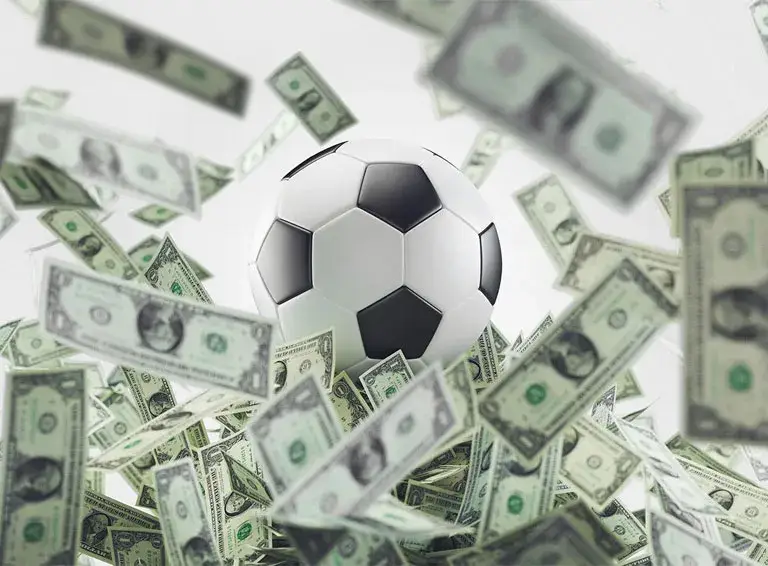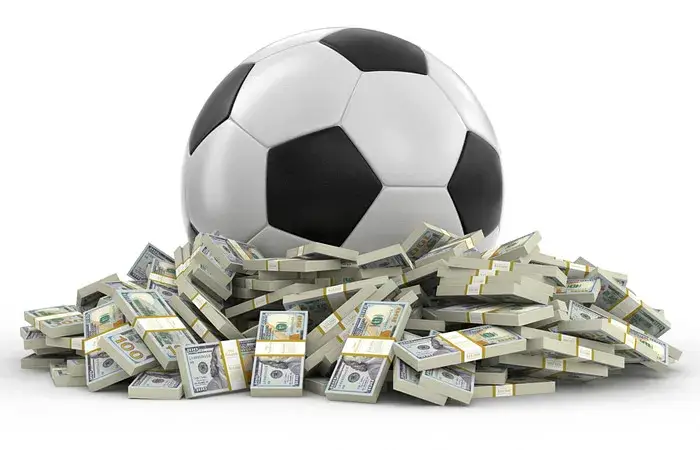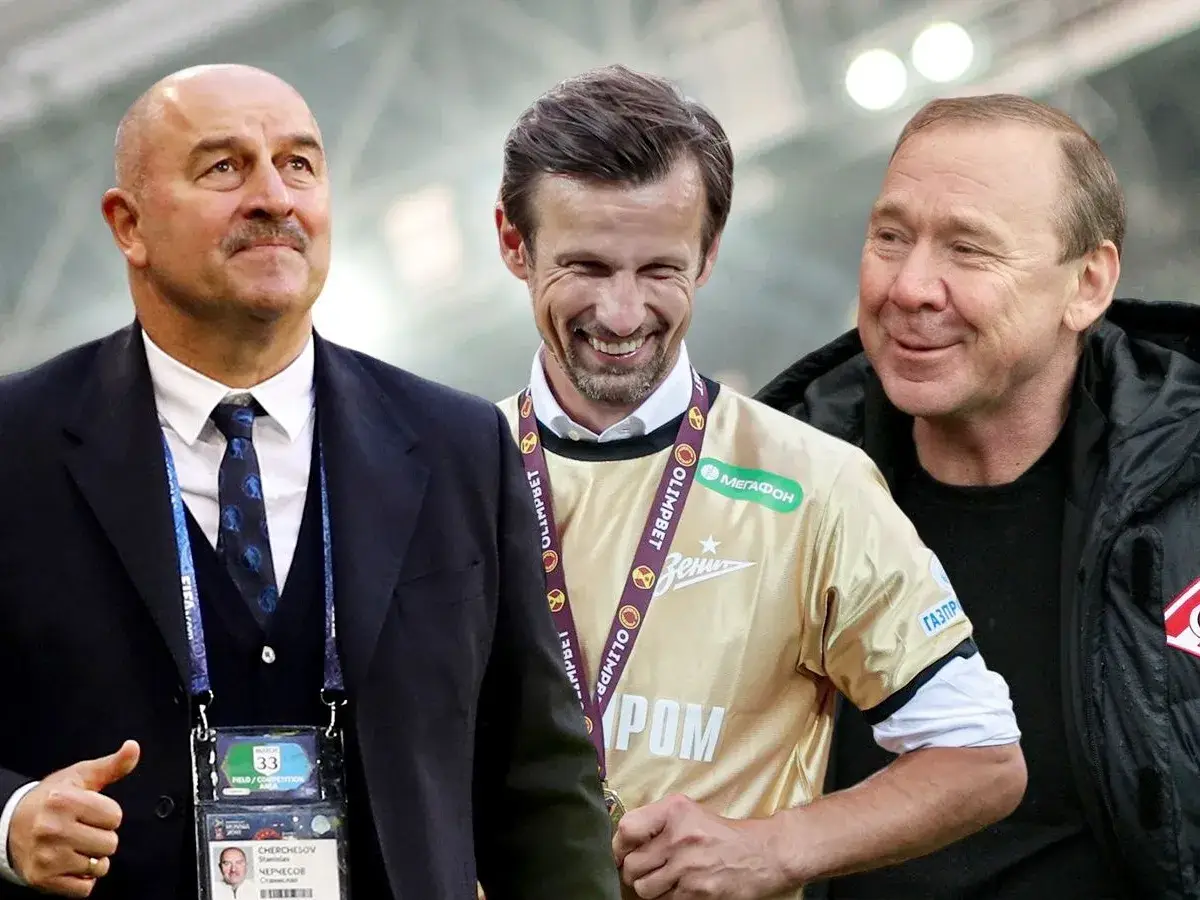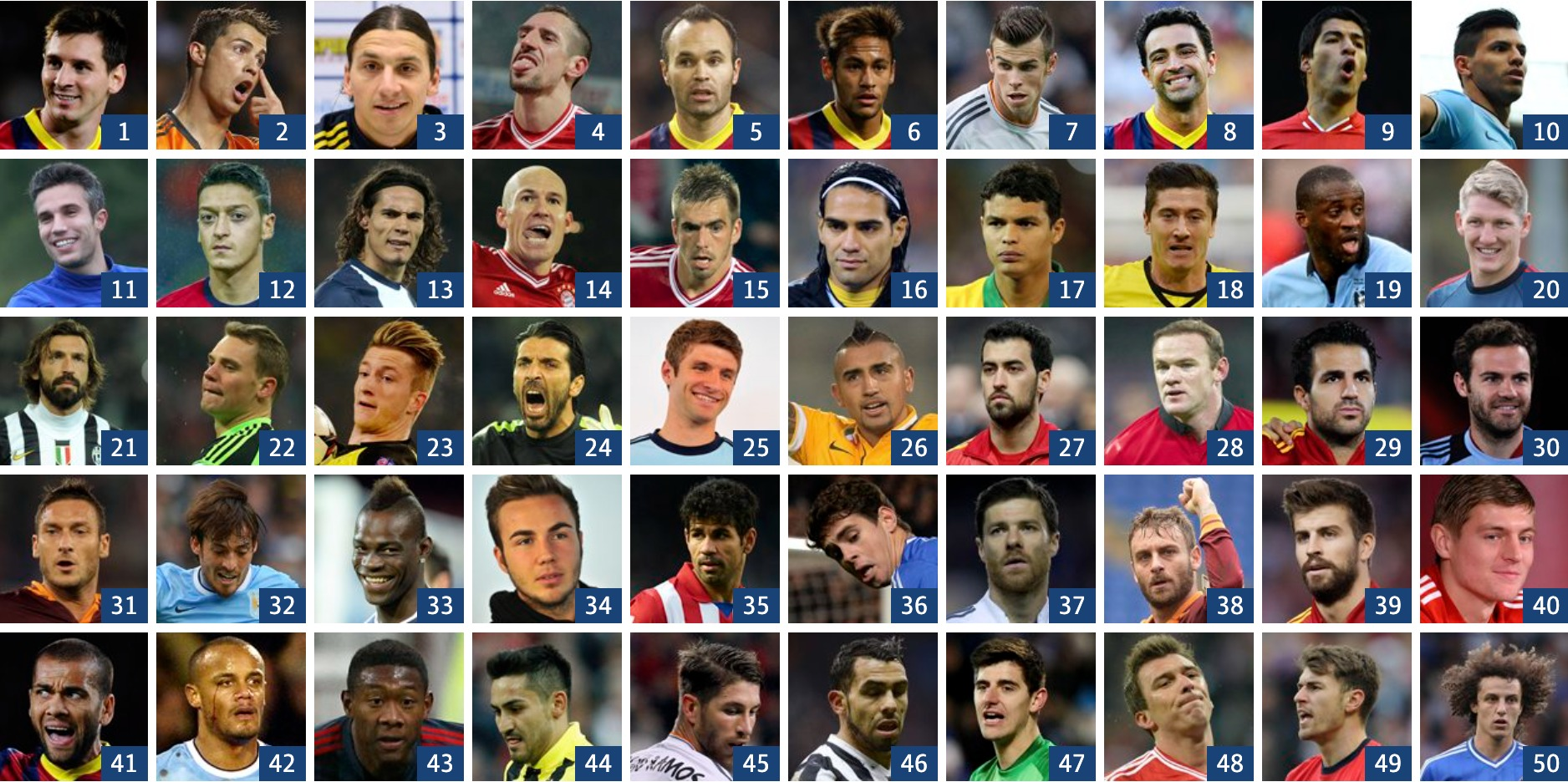Football is no longer just a game, but a real business with vast sums of money in circulation. In football, this always involves match-fixing. What goes on behind the scenes? Imagine this isn’t just a conspiracy of a few players, but an entire industry with a clearly defined pattern. Everything here is based on strict planning, from the agreements between club owners to the subtle playing on the emotions of fans and participants.
Match-fixing in football is based on the interaction of various parties: team owners, bookmakers, agents, and, of course, the football players themselves. Intermediaries usually come into play to arrange meetings, agree on amounts, and ensure that the agreements are implemented. The process is reminiscent of a spy thriller: secret meetings, exchanging code phrases, and deals in the dark corners of hotels. This isn’t an eccentric bookstore, but real life behind the scenes in football.

Who organizes match-fixing in football?
The organizers are often club owners pursuing financial goals, bookmakers looking to make money from betting, and agents who receive benefits for their participation. Often, this isn’t even a single individual, but an entire network of contacts and relationships. These include high-ranking club representatives and personalities from sports management. Everything is subordinated to one goal: making a profit.
For example, club owners might be interested in match-fixing to achieve a certain position in a tournament. Bookmakers often receive tips and may coordinate their actions with the organizers. All of this turns fair football into a farce, where the outcome is already predetermined before the game even begins.
Match-fixing in football: Who decides who plays?
Each side of this system plays its own unique role. A football player may agree to participate in such a scheme under pressure from agents or due to financial difficulties. Mid-lane players are often targeted by the organizers: they can easily influence the outcome of the match without attracting undue attention.
In addition to the athletes themselves, club owners also play an important role. They want results and are willing to do a lot to achieve them, especially when it comes to maintaining their place in the top league. Agents are a kind of intermediary who can convince their protégés to “help the team” in exchange for short-term benefits. The secret beneficiaries are often the bookmakers, as they have the opportunity to manipulate betting odds and make enormous profits.
How do you recognize match-fixing in football and protect yourself from fraud?
 You can recognize a manipulated soccer match if you know what to look for. First, you need to monitor the behavior of the players on the field. If someone clearly misses important moments, makes odd passes, or avoids attacking moves, this could be a warning sign. A famous example is a match in which the goalkeeper made obvious errors, allowing the opponent to score multiple goals.
You can recognize a manipulated soccer match if you know what to look for. First, you need to monitor the behavior of the players on the field. If someone clearly misses important moments, makes odd passes, or avoids attacking moves, this could be a warning sign. A famous example is a match in which the goalkeeper made obvious errors, allowing the opponent to score multiple goals.
Also pay attention to the betting odds. If a bookmaker abruptly changes the odds a few hours before the start of the match, this could indicate that information about match manipulation is available. The behavior of the referee should also be taken into account: Strange decisions that clearly defy logic often indicate the referee’s involvement in the scheme.
Athletes’ behavior on the field: What are the signs of a manipulated soccer match?
A soccer player must always strive to win on the field. When a player deliberately avoids obvious attacking opportunities or retreats when required to defend the goal, this arouses suspicion. In a Europa League match, a defender in a secure position twice gave the ball away to his opponent, leading to his team’s defeat. Such moments cannot help but raise questions in the mindful viewer.
Often, the players involved in such schemes display a conspicuous lack of interest in the outcome. They may avoid challenging for the ball, show a lack of character, and refuse to follow the coach’s instructions. These are the signs that alert experienced observers that something is amiss.
The Impact of Match-Fixing on Football and Its Future
The impact of match-fixing on the football industry is devastating. First, it undermines fans’ confidence in the sport. Why would anyone watch matches whose outcomes are predetermined? It damages the reputations of teams and players and ruins their careers. For example, one of the Italian club’s players lost his contract when it was proven that he participated in a manipulated match.
Statistics show that after major match-fixing scandals, attendance in stadiums drops by 15 to 20 percent. This not only puts a strain on clubs’ finances but also discourages the younger generation from playing football. Who wants to follow the example of those who cheat for money?
Match-fixing in Russia: What’s happening in domestic football?
Match-fixing is not uncommon in Russia either. One of the most high-profile cases was a match between two Russian Premier League clubs in 2018. After some bizarre refereeing errors and ridiculous player actions, the match ended with a result that resulted in large winnings for several bettors. This led to the belief that the outcome was predetermined.
In Russia, the problem is exacerbated by weak controls and a lack of transparency. Legislation often lags behind reality, and penalties for participating in such matches remain symbolic in nature. This paves the way for the continued spread of unfair play.
Conclusions
 Match-fixing in football isn’t just a problem; it’s a challenge for the entire sports community. But a solution is possible. Greater transparency, tougher penalties, and the introduction of new technologies such as betting monitoring systems can help. It’s important that clubs themselves take an active role in combating this problem by implementing internal control programs and cooperating with law enforcement agencies.
Match-fixing in football isn’t just a problem; it’s a challenge for the entire sports community. But a solution is possible. Greater transparency, tougher penalties, and the introduction of new technologies such as betting monitoring systems can help. It’s important that clubs themselves take an active role in combating this problem by implementing internal control programs and cooperating with law enforcement agencies.
Football must remain a fair sport, where every goal is the result of talent, effort, and teamwork. Only in this way can the sport regain the trust and love of millions of fans around the world.

Control Methods:
- Technological Solutions: Implementation of betting analysis systems that monitor odds anomalies and suspicious activity. These systems help identify risky matches and respond in a timely manner.
- Strict Legal Measures: Introduction of liability for participation in match-fixing, making it possible to punish not only athletes but also organizers at all levels.
- Educational programs: Conducting training sessions for football players, coaches, and managers so that they understand the full implications of participating in such programs and know who to contact if they receive such offers.
 en
en  de
de  ar
ar  es
es  nl
nl  hi
hi  fr
fr  it
it  pt
pt  el
el 










